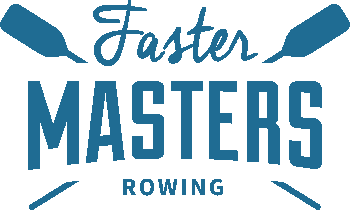Upskill your technique with some self-coached drills. This week we focus on your hand holding the handle – fingers flat on the recovery.
Timestamps
00:30 The open palm drill helps with getting improved skill handling the oars and sculls in the boat is key to improving your boat comfort. It sorts out your grip and handle placement on the recovery.
01:46 What is the drill for
It teaches how to have a loose grip on the recovery and also to have the weight of the oar in your hand so you can control the handle for correct feathering. Also, via the fulcrum you control the tip of the blade. This is a semi-advanced drill – not for beginners.
02:45 The Open Palm Drill – how to do it
Take the oar out of the water at the finish, feather and extend your arms and at that point straighten your fingers so the oar handle rests under your palm (where the palm and fingers meet). Have a straight line from knuckle, wrist and elbow. Put downwards pressure on the handle without gripping it.
Then rock forward and move through the recovery, bend your knees and roll up the slide. When you get to the position where you would normally square your blade, wrap your fingers around the handle and roll the blade square. And you’re ready to take the catch.
Row a normal power phase, then repeat the open palm recovery.
04:30 Teaching the drill
Start stationary – practice while sitting in the boat – arms straight and open fingers and wrap them back around the handle. Develop a sense of the amount of downward pressure needed to keep the handle at the same height and how to use the motion of wrapping the fingers around and squaring simultaneously. Check exactly where athletes are holding the handle on their palm. When wrapping the fingers – make it smooth and lead the wrapping movement into the squaring movement.
You have done it correctly when the blade is square the your knuckle/wrist/elbow are in a straight line.
06:00 How to use the drill
Row ten strokes of open palm rowing alternate with 10 strokes normal rowing. Can you stay in rhythm, all square together and stay in time on the recovery while opening the fingers without losing control of the oar? Good to use in warm up or during a steady paddle workout.
07:00 How much grip pressure is needed on the handle.
07:30 Errors to watch out for
- Too nervous to actually straighten fingers and get to a flat palm position. Give the athlete confidence by practicing alone in a stable boat.
- Rushing to straighten the fingers. Define one point when everyone has the palm flat – slow this down so the crew aligns timing and has correct movements.
- Oar handle in the correct place on the palm.
- Tapped down the blade extraction on the handle to clear the water at the finish and maintain that same height through the recovery.
- Squaring completed in a single smooth movement. Square at the same time in the crew and start squaring early enough so it’s fully complete before you reach front stops.
- Consistent press down so the depth is identical through the crew on every stroke. Can the athlete recognise the feeling of weight in the palm of the hand and how to use this feeling to control the oar during the recovery?
10:00 Advanced drill variations
- Check the athletes keep pressure on during the drill – so boat speed stays the same while doing the drill.
- Alternate strokes – open palm and normal hand grip. Particularly good for sweep practice.
- Sweep rowing – open palm only with inside hand. Or open palm only with outside hand.
- Pauses – at half slide with open palms.
- Pause at one quarter slide with open palms and add a double press-down on the handle. To practice feeling the control in the handle height, then roll forward to complete the recovery, square and place the catch.
- Alternate square blades and feather with open palm.
- Open palm at high rates and/or at firm pressure.
- Incorporate open palm as part of a pause drill – try saying the words “roll and slide” using the word association of sliding your seat and rolling fingers to make the squaring action. Define where you start the squaring movement to reinforce the movement.
Want easy live streams like this? Instant broadcasts to Facebook, YouTube, LinkedIn. Faster Masters uses StreamYard: https://streamyard.com/pal/d/5694205242376192


